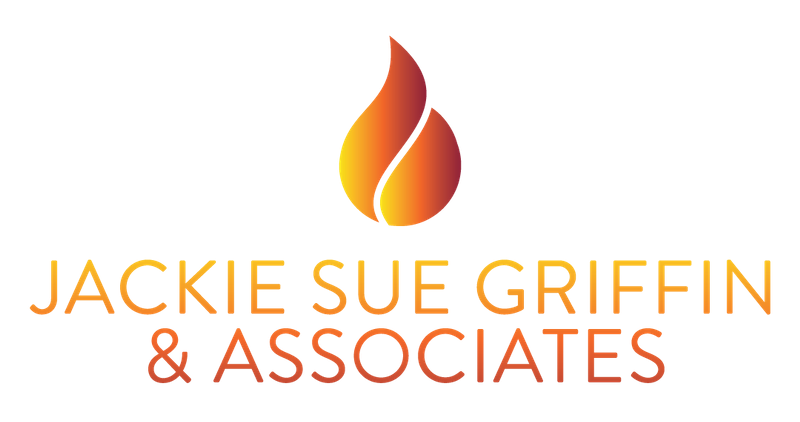09 Nov Strategic Grant Acquisition: Harnessing Existing Momentum vs. Igniting New Initiatives
 When applying for grant awards, it’s essential to understand two fundamental approaches: paying attention to things already in motion versus attempting to create motion. This distinction is vital for non-profits, where strategic planning and execution can mean the difference between securing funding or falling short of reaching goals.
When applying for grant awards, it’s essential to understand two fundamental approaches: paying attention to things already in motion versus attempting to create motion. This distinction is vital for non-profits, where strategic planning and execution can mean the difference between securing funding or falling short of reaching goals.
- Understanding the Dynamics of Motion in Grant Awards
Things in motion refer to the existing programs, projects, or initiatives that are already underway or have a track record of successful implementation. These endeavors have momentum; they are like trains that have left the station and are picking up speed. When a grantor looks at such projects, they see proof of concept, evidence of progress, and most importantly, a team that knows how to deliver results.
On the other hand, trying to create motion is about starting from a standstill. It involves pitching new ideas or projects that haven’t been tested or perhaps even fully fleshed out. Without the benefit of existing traction, convincing a grantor to invest requires a compelling vision, strict planning, and a team that can handle challenges involved in bringing a new project to life.
- Harnessing The Advantage of Momentum
For organizations seeking grant awards, leveraging results for projects that are currently in motion can provide a significant advantage. Projects that are already operational tend to have data that speaks to their impact. This data is invaluable when making the case for additional funding. It allows organizations to present a narrative of success, scaling, and sustainability that is rooted in tangible outcomes.
Data-Based Evidence that can be collected from existing projects:
- Testimonials
- Statistical success and improvements
- Case studies
These tell the human stories behind the data points, and these stories resonate with grantors who want to see real-world effects of their contributions.
- Cultivating Motion in New Endeavors
Not every grant application can be about expanding or continuing existing projects. New initiatives are essential for addressing emerging needs or taking advantage of fresh opportunities. In these cases, creating motion is the goal, and it requires a different approach.
When proposing a new project, it’s critical to articulate a clear vision:
- What is the end goal?
- Why is it important?
- How does this initiative align with the grantor’s mission and priorities?
Answering these questions can create a sense of movement even before the project begins, by aligning the proposal with the forward motion of the grantor’s objectives.
In addition to a clear vision, proposing new projects requires a detailed plan. This plan must outline the steps to get the project moving, identify potential challenges and describe the strategies to overcome them. It should also include defined milestones and metrics for success, demonstrating a thoughtful approach to project management and accountability.
- Balancing Motion with Strategic Planning
The key for non-profits is to balance the two approaches strategically. This balance involves assessing the project portfolio and determining where the organization’s strengths lie. Are there existing programs with evidence of success that can be expanded? Or are there emerging needs that present a strong case for innovation?
In some cases, it can be useful to link new projects with ones already in motion. For instance, a new initiative might be an extension of a successful program, leveraging the existing framework and reputation to lower perceived risks. This connection can provide a bridge of credibility and confidence that helps grantors feel more comfortable investing in a new project.
- Using Motion to Resonate with Grantors
Understanding and leveraging the dynamics of motion in grant awards can decide an organization’s success in securing funding. By recognizing the strengths of existing projects and the potential of new initiatives, organizations can strategically create their proposals to resonate with grantors’ objectives and expectations. Whether it’s expanding what’s already working or carefully crafting a blueprint for new ventures, the art of motion in grant awards is a dance of strategy, evidence, and storytelling.
Click here to learn more about how JSG & Associates can help your nonprofit.

No Comments